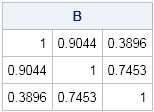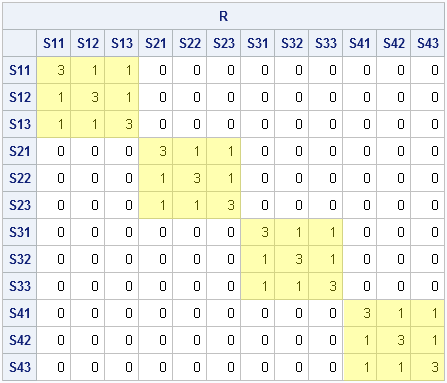The DO Loop
Statistical programming in SAS with an emphasis on SAS/IML programs
A while ago I saw a blog post on how to simulate Bernoulli outcomes when the probability of generating a 1 (success) varies from observation to observation. I've done this often in SAS, both in the DATA step and in the SAS/IML language. For example, when simulating data that satisfied

I am pleased to announce that this year at SAS Global Forum 2013 (San Francisco, April 27 to May 1, 2013) I am giving a free hands-on workshop (HOW) entitled "Getting Started with the SAS/IML Language." If you are not familiar with the very popular Hands-On Workshop series at SAS

It's the start of a new year. Have you made a resolution to be a better data analyst? A better SAS statistical programmer? To learn more about multivariate statistics? What better way to start the New Year than to read (or re-read!) the top 12 articles for statistical programmers from

Frequently someone will post a question to the SAS Support Community that says something like this: I am trying to do [statistical task]and SAS issues an error and reports that my correlation matrix is not positive definite. What is going on and how can I complete [the task]? The statistical

The LOC function is one of the most important functions in the SAS/IML language. The LOC function finds elements of a vector or matrix that satisfy some condition. For example, if you are going to apply a logarithmic transform to data, you can use the LOC function to find all

The other day I was constructing covariance matrices for simulating data for a mixed model with repeated measurements. I was using the SAS/IML BLOCK function to build up the "R-side" covariance matrix from smaller blocks. The matrix I was constructing was block-diagonal and looked like this: The matrix represents a

